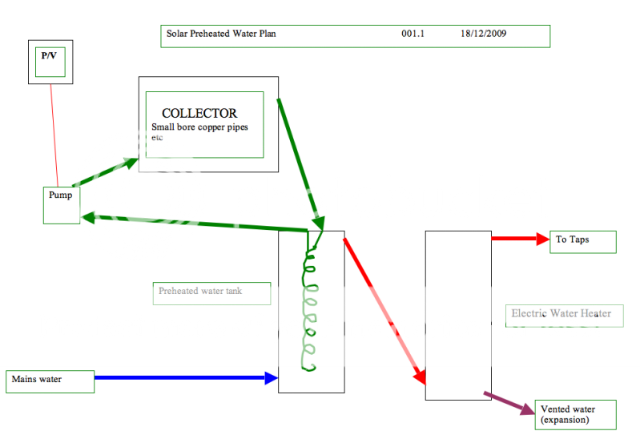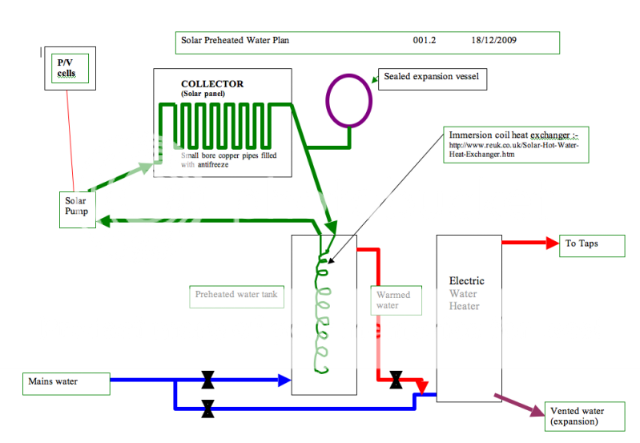Another excellent site for all things solar is
Navitron. This is the outfit that Dick Strawbridge used for the solar installation in his house in Cornwall, and televised a couple of years back as It's Not Easy being Green. There is also a
solar forum, which whilst a bit "wacky" at times also contains some pearls ( a bit like W/S UK really!)

The
Navitron site in particular is aimed at provision of materials and advice for the diy installer - I am very tempted.
One of our neighbours has just had a combined solar h/w and p/v system fitted by
these people. According to him (and he's a pretty clued up guy) every watt produced is fed into the grid, and you're paid 36p per unit for everything you produce -
including what you draw off yourself, so there is no storage problem. The system generates about 2kw on a sunny day, and in the event that you generate more than you use, you get an additional 10p per unit for the surplus. Could be useful if you spend a long time away from home - it'd be generating an income for you in your absence. This compares with a cost of about 12p per unit from your domestic supplier.
This is not a cheap system - about £12K I believe, but he reckons that at current fuel prices it gives a return on capital of about 8% - equivalent to 10% gross - so much better than cash in the bank so far as investment return is concerned, and implies a payback period of about 12 years at current electricity prices. And of course we all know what fuel costs are likely to do over a 12 year period - if they only double we'll have got away lightly.
The main drawback I can see is that the economics rely heavily on continuing to get the inflated subsidy from the govt for the power you produce because it involves trusting politicians not to withdraw the scheme once you've invested in the system, and anything that involves trusting politicians to keep their word, or to do the right thing, is fraught with problems. Just IMHO of course.
The solar H/W system he's installed seems to feed into a heat exchanger in a very small tank that sits beside the main h/w tank and which in turn feeds its h/w into the top of the domestic h/w tank - just where it is needed, and where it doesn't get diluted by feeding it in to the bottom of the tank. Cunning. The secondary h/w comes from glass tube collectors on the roof, and apparantly with these a pv powered circulation pump is not sufficient to circulate the water fast enough to stop the water boiling in the tubes on a sunny day, so must use a mains powered c/h style pump. However, the power drawn by the pump is more than compensated for by the extra efficiency of the glass tube collectors.
I think you also need to think a little about how you use your hot water. For instance most washing machines and dishwashers are cold fill and then use electricity to heat their water. Modern machines often allow hot fill, but then you'd need some system to revert to cold fill when there is no solar h/w or else you'd be using expensively heated h/w for the rinse cycle which is usually done in cold water. So in practice, you'll only be using solar heated h/w at the sink or for bathing/showering.
As always, the devil is in the detail, which Mike alluded to in an earlier post. Interesting thread!






